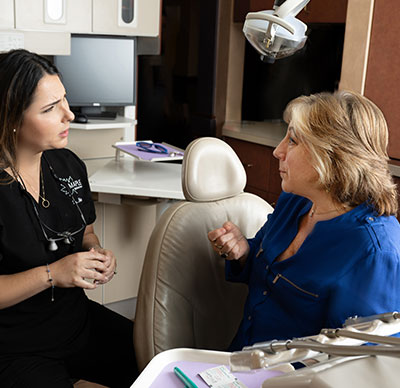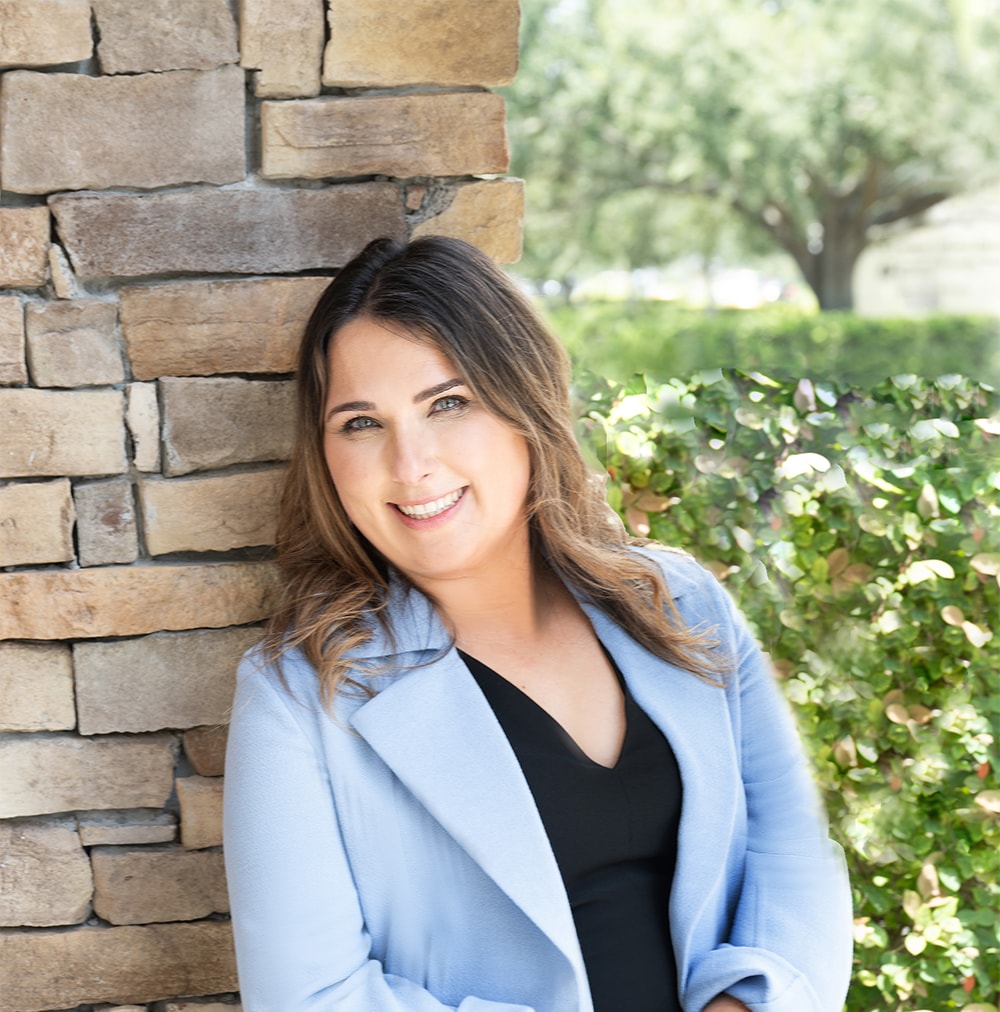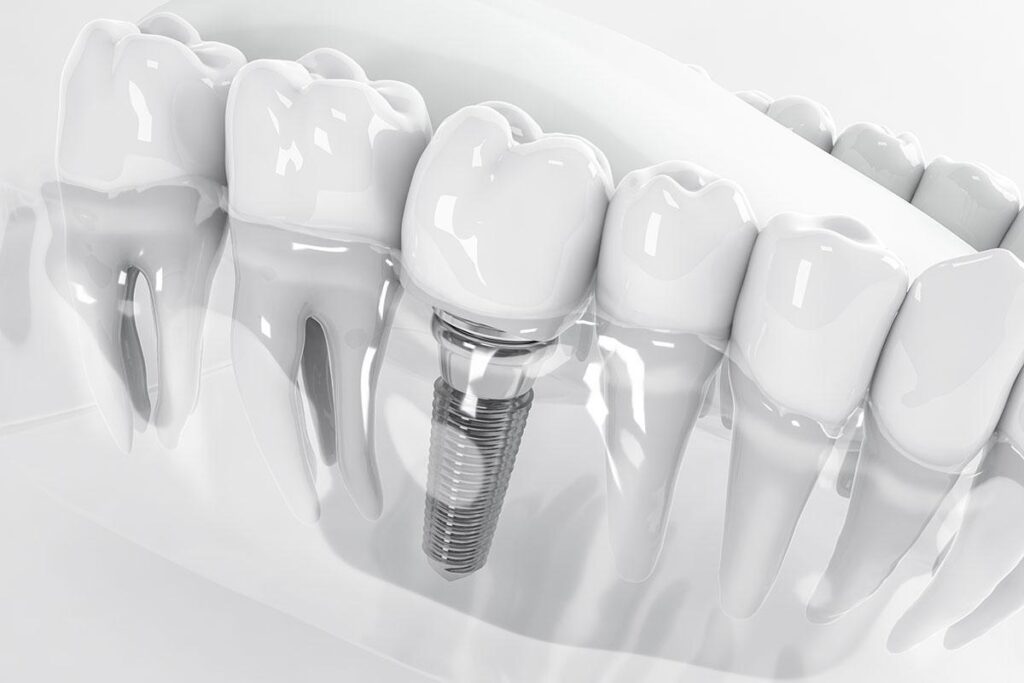
If you deal with loud snoring, wake up gasping for air, or feel perpetually tired even after a full night’s rest, you may unknowingly live with sleep apnea — a sleep-related breathing disorder in which breathing stops and starts intermittently, preventing a restful sleep. Sleep apnea may not initially seem like a dental concern, but the condition is linked to the oro-facial tissues and can result in serious health issues. At our family dental practice, Dr. Nadine — our skilled Orlando dentist — and our team care about enhancing your entire well-being as much as your smile. We offer non-invasive treatment for sleep apnea that can relax the throat tissues blocking your airway, effectively reducing sleep apnea symptoms and improving the quality of your sleep.
Explore Topics On This Page
Types of Sleep Apnea
Sleep apnea is very common and frequently goes undiagnosed. Our team at Maple Dentistry Orlando understands the difficulty of living with disruptive sleep apnea symptoms and we would be happy to improve your health and overall well-being with effective solutions. The condition is usually categorized into two different types based on the mechanisms causing an interrupted sleep pattern:
- Obstructive Sleep Apnea (OSA): Obstructive sleep apnea is the most common form of sleep apnea. This variation of the condition is caused by the throat tissues blocking or constricting the airway. As a result, patients can stop breathing while asleep and wake up just long enough to begin breathing again.
- Central Sleep Apnea (CSA): Central sleep apnea is found less commonly and involves disruptions in communication between the brain and throat muscles. Like OSA, this can result in pauses in breathing while sleeping.
This condition most frequently affects men, and alcohol consumption, lifestyle habits, and BMI are all risk factors for sleep apnea. While weight loss and a healthier lifestyle may be able to improve sleep apnea without treatment, a custom oral device may be required to widen the passageway in the throat and promote airflow.
“I always feel like my dental needs are met by the team, the personalized service is greatly appreciated. I am very grateful for the personal attention that I have received for all the yard I have had with this dental group!!”
Upper Airway Resistance Syndrome (UARS)
- Common in young female patients who also suffer from Temporomandibular Joint Disorder (TMD)
- Most commonly, people will experience multiple arousals at night, leading to fragmented and/or disrupted sleep
RERA’s – Respiratory Effort Related Arousals
- Respiratory effort to breathe again
- Does not quality as an apnea
- Found in young (progesterone), fit females (3:1 to males)
- Anxiety
- Exhaustion/fatigue
- Light sleeper, clenching, waking up at 1 am, 3 am, etc.


